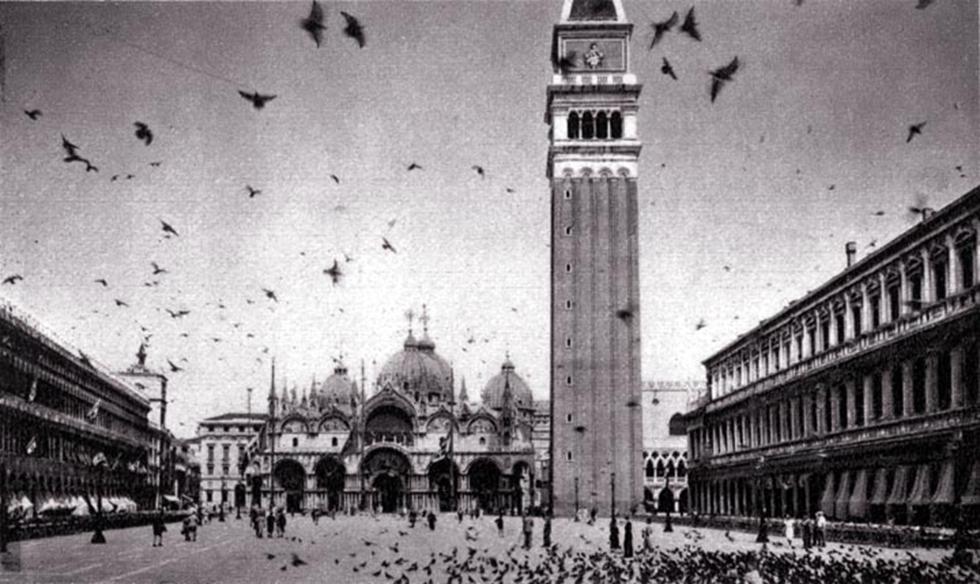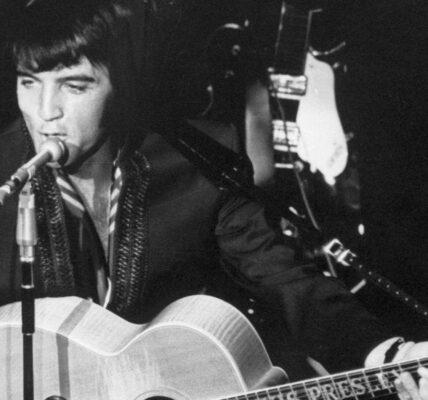In 1960, an ingenious Coca-Cola advertisement appeared in one of the most iconic locations in the world—Saint Mark’s Square in Venice, Italy. But instead of traditional billboards or posters, this ad took a unique and unexpected form: grains carefully arranged on the ground, spelling out “Coca-Cola,” attracting hundreds of pigeons to complete the spectacle.

Saint Mark’s Square, famous for its stunning architecture and ever-present flocks of pigeons, became the perfect canvas for this creative marketing stunt. Tourists and locals alike were astonished as the birds naturally flocked to the grains, forming a living, moving Coca-Cola logo. It was an advertisement that didn’t rely on paint, paper, or neon lights—but on nature itself.

This clever guerrilla marketing tactic was a perfect reflection of the 1960s, an era when brands were experimenting with new and unconventional ways to capture public attention. Coca-Cola, already a global symbol of refreshment and happiness, leveraged Venice’s charm and its famous pigeons to create an unforgettable promotional moment.

Though the grains were eventually eaten and the ad disappeared, the impact remained. The event demonstrated the power of spontaneity, location-based marketing, and engagement with the environment—a concept that modern brands still strive to achieve in viral campaigns today.

Looking back, this Coca-Cola pigeon ad was not just a marketing stunt; it was a blend of creativity, culture, and innovation, turning a simple square in Venice into a dynamic billboard and leaving a lasting impression in the world of advertising history.

